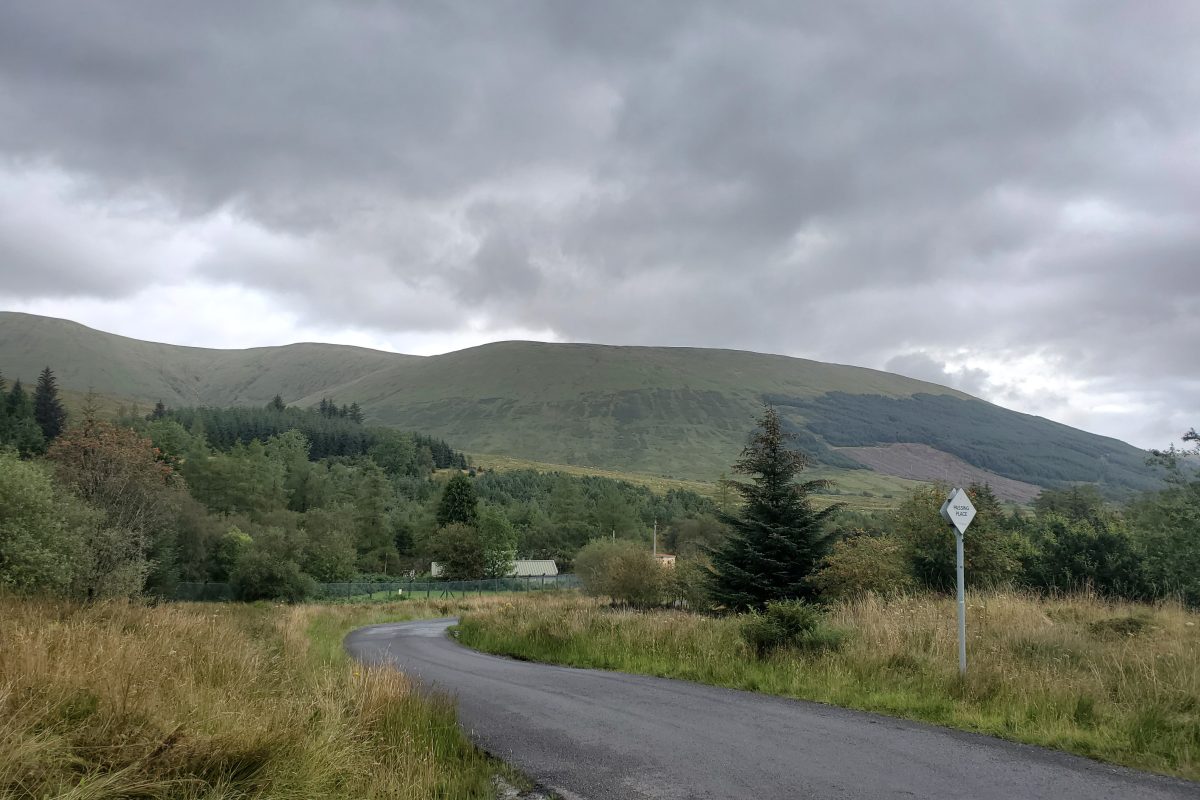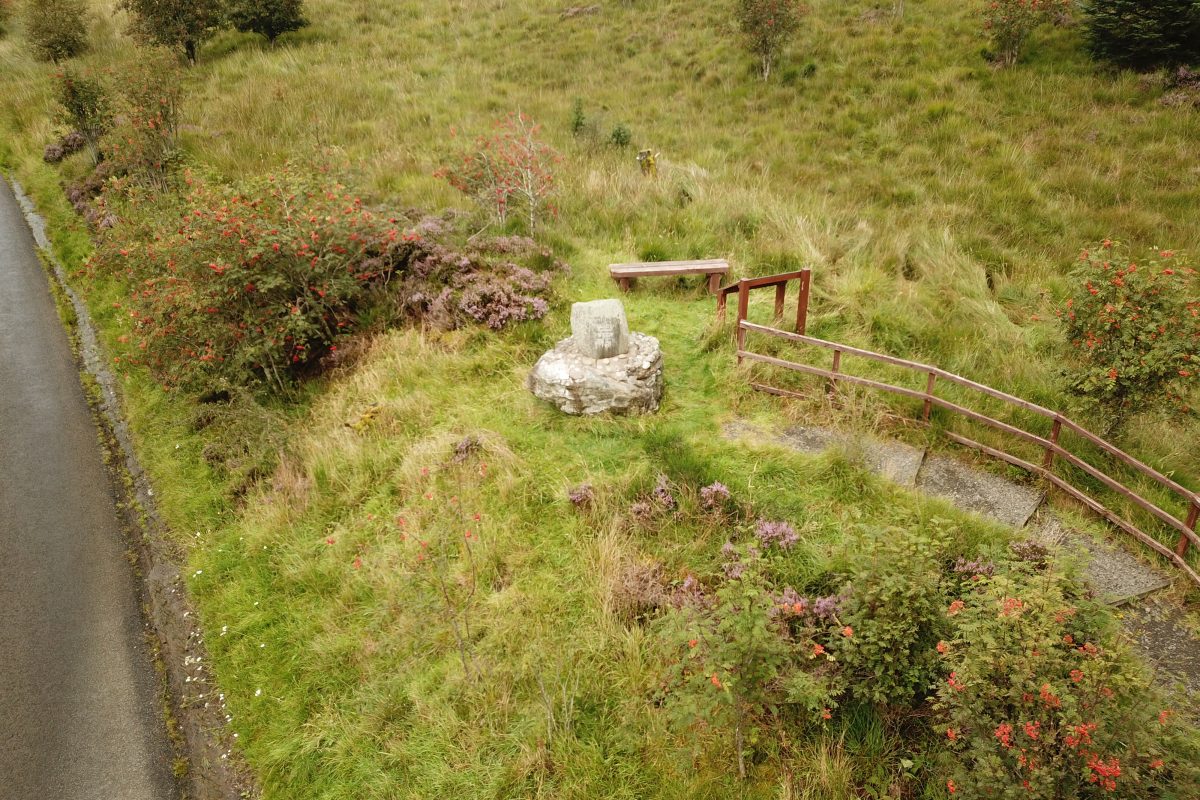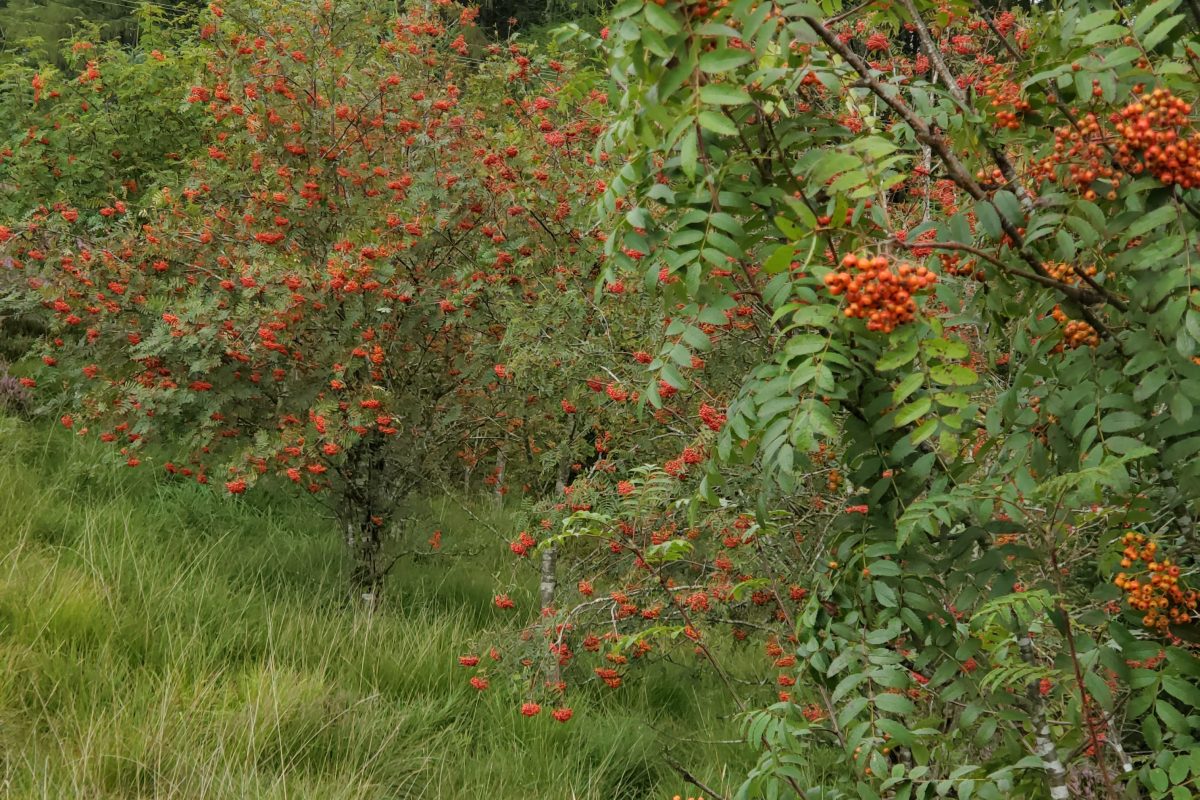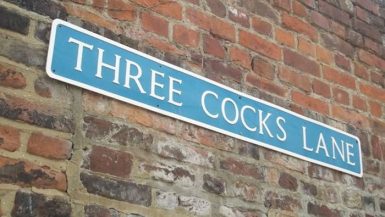Arrival at Glen Fruin
The road into Glen Fruin is quiet, winding through a valley that seems to hold its breath beneath the weight of centuries. The hills rise gently on either side, their slopes softened by autumn’s russet and gold. Heather clings stubbornly to the earth, and the air carries the sharp tang of peat and rain. It is a landscape that whispers, not shouts—a place where silence feels sacred.
As I approached the monument, a solitary stone standing sentinel against the sky, I felt the pull of history like a tide. This was my first journey to the site where the Battle of Glen Fruin was fought on 7 February 1603, a day that changed the fate of my ancestors and cast a shadow across generations of MacGregors.
The monument itself is stark and solemn—a gray obelisk rising from a grassy mound, its surface etched with words that speak of blood and betrayal. Around it, the glen stretches wide and empty, as if time itself recoiled from the violence that once stained this soil. Standing there, I felt awe and sorrow intertwine, a deep ache for lives lost and legacies forged in fire.
The Battle That Shaped a Clan
To understand the weight of this place, one must know the story. The Battle of Glen Fruin was not a clash of armies but a brutal feud between clans—the MacGregors and the Colquhouns—fueled by land disputes, cattle raids, and the simmering tensions of Highland lawlessness.
On that winter morning in 1603, Alasdair MacGregor of Glenstrae, chief of Clan Gregor, led around 300 fighting meninto this glen. They faced a force of Colquhouns and their allies, numbering nearly 500 strong, bolstered by men from Dumbarton and the Lennox. The Colquhouns carried royal protection, granted by King James VI, who sought to curb Highland disorder.
The battle was swift and savage. The MacGregors, hardened by years of guerrilla warfare, struck with ferocity. Despite being outnumbered, they routed the Colquhouns, leaving over 140 dead on the field. Among the fallen were not only warriors but innocents—reports speak of students from Dumbarton College, slain in the chaos.
Historian Robert Scott Fittis wrote:
“The slaughter at Glen Fruin was a stain upon the name of MacGregor, yet it was born of a system that left men little choice but the sword. In that glen, the old Highland code clashed with the creeping hand of centralized power.”
Victory, however, brought ruin. Outraged by the bloodshed, King James VI unleashed vengeance. Within weeks, he issued the Proscription of the MacGregor name, stripping the clan of its identity. To bear the name MacGregor became a crime punishable by death. Families scattered, adopting aliases—Murray, Grant, Drummond—anything to survive. For two centuries, the name lay under shadow, and the memory of Glen Fruin burned like a brand upon our history.
Standing Where They Fell
As I stood before the monument, the weight of that history pressed close. The stone bears a simple inscription, yet its silence speaks louder than any words. Around it, the glen rolls on, serene and indifferent, as if nature has long since forgiven what men could not.
I walked slowly across the grass, imagining the scene as it was: the clash of steel, the cries of men, the winter air torn by fury. The hills that now cradle sheep once echoed with war cries. Streams that murmur softly today once ran red.
Historian John Prebble, in his study of Highland feuds, observed:
“Glen Fruin was more than a battle; it was a fulcrum upon which the fate of a clan turned. In its aftermath, the MacGregors became wanderers, their name a curse, their pride a crime.”
For me, those words rang true. My own surname, carried proudly now, was once a death sentence. Generations of my blood lived under borrowed names, hiding from the law, clinging to fragments of identity like embers in the dark. To stand here, centuries later, free to speak the name MacGregor without fear, felt like a quiet triumph—a testament to endurance.
The Landscape Today
The glen itself is hauntingly beautiful. Long ridges rise on either side, their slopes patched with bracken and heather. A narrow road threads through the valley, following the course of a stream that glitters in the pale sun. Sheep graze lazily, oblivious to the ghosts beneath their hooves.
The monument stands near the heart of the glen, a gray sentinel against the shifting sky. Its base is weathered, lichen clinging to the stone like old scars. From this vantage, the land opens wide—a natural amphitheater where history played its grim drama.
I climbed a nearby rise and looked down upon the glen. The wind tugged at my coat, carrying whispers that might have been the voices of the dead. In the distance, Loch Lomond shimmered like a sheet of silver, and beyond it, the Highland hills loomed, dark and eternal.
It struck me then how the land holds memory—not in words or monuments alone, but in its very contours. Every hollow, every ridge seems to echo with what has passed. Here, beauty and blood are woven together, inseparable.
Reflections on Legacy
As a descendant of the MacGregors, this visit was more than a pilgrimage—it was a reckoning. The Battle of Glen Fruin was a pivot point, a moment when pride and survival collided. Our ancestors fought not for glory but for existence, and in doing so, they paid a price that echoed for centuries.
Historian Michael Newton, writing on Highland culture, notes:
“The proscription of the MacGregor name was not merely legal—it was psychological. It sought to erase a people, to sever them from their roots. That they endured is a testament to resilience.”
Standing in that glen, I felt that resilience like a living force. The name MacGregor survived. It endured exile, outlawry, and shame, yet it rose again, restored by law in 1774 and honored today. To bear it now is to carry both burden and blessing—a reminder of what was lost and what was reclaimed.
I thought of my forebears, scattered and hunted, and wondered what they would make of this moment: their descendant standing openly at Glen Fruin, speaking their name without fear. Perhaps they would smile. Perhaps they would weep.
Leaving the Glen
As the sun dipped behind the hills, the glen fell into shadow. The monument stood gray and silent, its edges softened by dusk. I lingered a moment longer, letting the silence settle in my bones. Then I turned away, the road stretching before me like a ribbon of memory.
The journey back was quiet, but inside me, voices stirred—the voices of warriors, wanderers, and dreamers who bore the name MacGregor through fire and darkness. Their story is mine, and mine is theirs.
Glen Fruin is not just a place. It is a wound and a witness, a scar and a song. To stand there is to feel the pulse of history beneath your feet, to know that identity is not given—it is fought for, kept, and cherished.
And as I left the glen behind, I carried with me more than memory. I carried pride, tempered by sorrow, and a promise whispered to the wind: that the name MacGregor will endure, as the hills endure, as the glen endures—forever.




















